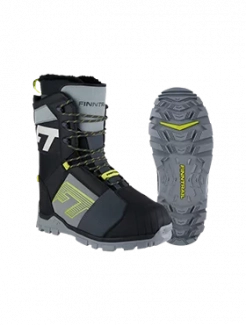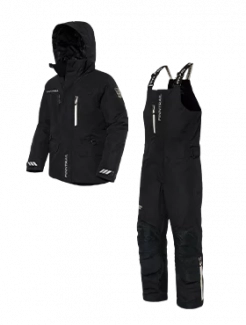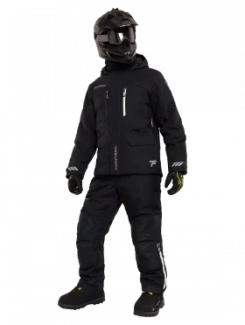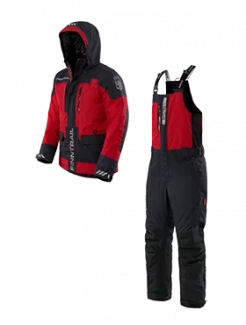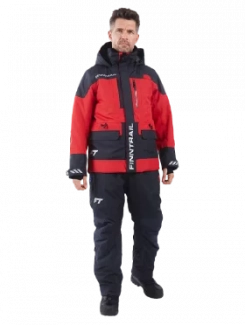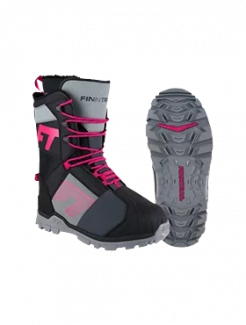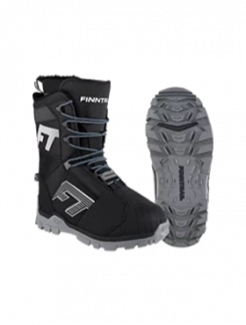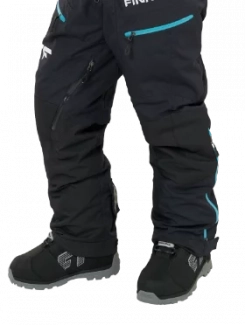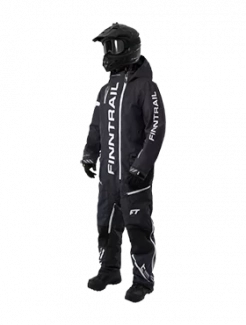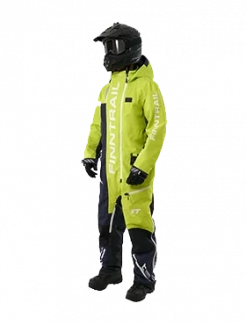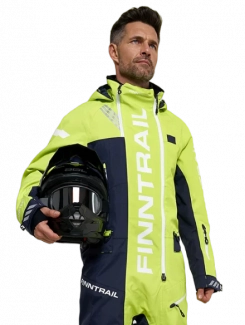How to Choose Snowmobile Goggles
Riding a snowmobile demands more than just power and control – your vision is critical. The right goggles can mean the difference between a great ride and a dangerous blind spot. In this guide, we’ll break down everything you need to know about snowmobile goggles — plus highlight the best and top rated models currently on the market.
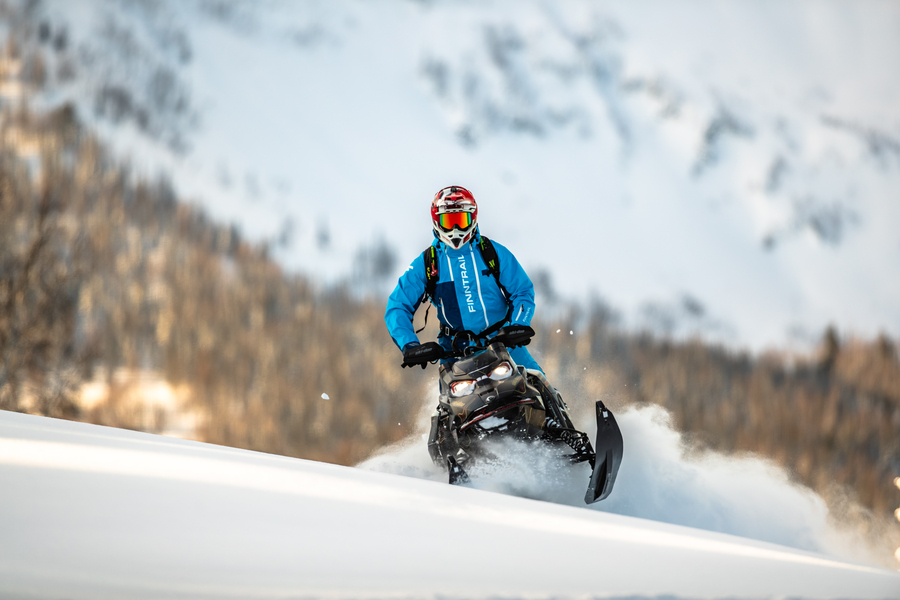
Why Specialized Snowmobile Goggles Matter
Snowmobiling presents unique challenges: cold wind, blowing snow, rapid light changes, and the need for uninterrupted vision at speed. While ski or moto goggles overlap in function, snowmobile-specific models often emphasize:
-
Wide peripheral vision for fast terrain changes
-
Robust anti-fog systems to counter extreme condensation
-
Lens interchangeability or photochromic tech for variable light
-
Compatibility with heated lens or fan systems
-
Over-the-glasses (OTG) designs for riders who wear glasses
-
Night riding optimization (very high visible light transmission lenses)
SCOTT Sports, for instance, offers a full line of snowmobile goggles with multiple lens options, OTG fits, and a design focus geared for harsh riding environments. Their React AMP Pro model introduces a magnetic lens-change system optimized for snow use.
OutdoorGearLab’s approach is instructive: they combine lab tests, field comparisons, and clear explanations of what features matter (lens types, ventilation, comfort) when rating ski goggles.
Key Features to Evaluate in Snowmobile Goggles
When assessing top rated snowmobile goggles, pay attention to the following:
1. Lens Technology & Light Variability
-
Interchangeable lenses or magnetic quick-change systems let you adapt swiftly between bright sun, flat light, and dusk/dawn conditions. (SCOTT’s React AMP Pro uses magnetic swapping for this reason.)
-
Photochromic lenses (light-sensitive) shift their tint based on ambient UV, removing the need for multiple lenses. SCOTT includes such options in some snowmobile goggles lines.
-
For night riding or low-light, you want lenses with very high visible light transmission (VLT) — often clear or with a light yellow/rose tint.
2. Anti-Fog & Ventilation Systems
A double-lens construction is standard on premium goggles because it helps reduce fogging by insulating inner and outer lens surfaces. Many top ski/goggle reviews emphasize anti-fog treatments and ventilation channels as decisive in real-world performance.
Also look for top and bottom venting, and perhaps active or forced-air systems if available (especially important in cold, humid riding).
3. Heated Goggles/Heated Lens Integration
Some snowmobile goggles include or allow integration of heating elements to maintain the inner lens clear in extreme cold. These are often optional modules or built-in features in higher-end models. The goal is to prevent frost or ice accumulation on the lens surface.
4. Fit, Foam, and Helmet Compatibility
-
Multi-layer foam adds comfort, seals better, and accommodates facial contours, reducing cold spots.
-
Frame flexibility helps conform to face shapes and helps the strap sit properly under or over a helmet.
-
Helmet/goggle integration: avoid gaper gaps (where the top of the goggle sits too high relative to the helmet). Many riders prefer matching goggle and helmet brands or checking compatibility in-store.
-
OTG (Over-The-Glasses) / glasses compatibility: not all goggles can comfortably fit over prescription glasses. Look for frames with cutouts or extra internal space. SCOTT indicates some of their models are OTG-compatible.
5. Durability, Coatings & Lens Protection
-
Scratch-resistant coatings on outer lenses are critical in snowy and gritty environments.
-
Anti-reflective or mirror coatings help reduce glare.
-
Lens seals, side protection, and frame strength matter, since snowmobiles often traverse branches, snow spray, and potential collisions.
6. Low-Light and Night Performance
The truly best snowmobile goggles must let in as much light as possible without too much tint. That means clear or very light rose/yellow lenses with minimal internal fogging. Some brands offer “night mode” lenses or kits.
Top Rated & Recommended Models (2025 Edition)
Below are standout models (or features) that meet many of these criteria. Note: these are examples based on current offerings, not a definitive exhaustive list.
|
Model / Feature |
What Makes It Stand Out |
Good For / Notes |
|
SCOTT React AMP Pro (snowmobile) |
Magnetic lens swapping, Amplifier contrast boost, rugged snow design |
Ideal for riders who want fast lens changes with gloves on |
|
Any SCOTT snowmobile OTG models |
SCOTT’s catalog includes OTG (prescription glasses–compatible) goggles. |
For riders wearing glasses underneath |
|
Heated-lens–compatible goggles |
Allows adding or includes heating elements |
Best in extreme cold or frost-prone climates |
|
Clear / high-VLT goggles |
Maximize brightness for night riding |
Best for “best snowmobile goggles for night” use |
Pro Tip: Even if your chosen goggle doesn’t come with heating built-in, check if there’s a compatible heating kit or retrofit option from the manufacturer or third party.
How to Choose “The Best” for Your Needs
Here’s how to narrow the field:
-
Define your primary riding conditions
-
Mostly daylight riding in varying sun → go for interchangeable/photochromic systems
-
Night or low-light riding → emphasize VLT and anti-fog
-
Extreme winter or frosty terrain → heated lenses become much more appealing
-
Test for fit (especially with your helmet and/or glasses)
Try goggles on with your full gear; ensure strap tension, foam contact, and no gaps. -
Check lens change mechanics and ease under gamed conditions
For example, SCOTT’s magnetic system is designed for glove-friendly lens swaps even in snow. -
Evaluate longevity and maintenance
Scratched lenses or degraded anti-fog coatings can ruin the experience. Look for models that allow spare lenses or easy replacement parts. -
Factor in price vs performance
Higher-end models cost more, but often include better foam, coatings, and tech (heating, magnetic systems). If you ride frequently under harsh conditions, the upgrade can pay off.
Maintenance & Usage Tips to Keep Goggles Performing
-
Don’t touch the inner lens — it often houses anti-fog coatings. Use microfiber cloth only if necessary.
-
Dry them properly — after a ride, allow the goggles to dry naturally (not near direct heat) to preserve seals and coatings.
-
Store in a soft pouch or case to protect the lens.
-
Carry a backup lens or goggle — in case of damage mid-ride.
-
Clean vents and seals periodically — snow and ice buildup can block airflow.
-
Avoid spraying lubricants or waxes near the lens edges; they can interfere with coatings.
Final Thoughts
When it comes to snowmobile goggles, there’s no one-size-fits-all solution. Every rider faces different conditions — from blinding sun on open trails to heavy snow and freezing winds in dense forests. By paying attention to the core features that truly matter — lens technology, anti-fog and venting systems, fit and helmet compatibility, and even heating potential for extreme cold — you can confidently narrow your options. Understanding how each of these factors contributes to visibility, comfort, and performance will help you find goggles that not only protect your eyes but also enhance your overall riding experience.

